- Oct 19, 2025
First fix your fuel source
- Jolinda Rockett, BSN, MA
- Good Food

Think about what nutritional substances these choices contain and which ones do you want in your body?
· Animal fats
· Salad dressings
· Baked potato
· Hamburger patty
· Butter
· Bagels with cream cheese
Answers:
o Natural fats provide slow fuel burning over 6-8 hours - Good
o Salad dressings deliver polyunsaturated seed oils with flavoring – Poor burning fuel
o Baked potato delivers immediate, hot burning fuel that spikes insulin needs to store excess into your fat depot. – Not good
o Beef protein is a building material and repair substance and is probably also delivering healthy fat - Good
o Butter is a nutritionally sound fat source, adding flavor to a dish - Good
o Bagels with cream cheese provide dense carbohydrates mixed with polyunsaturated fats and loads of chemical stabilizers and few if any dairy fats. Not recommended.
What do animal fats -like tallow and butter- do?
These fats have been the chosen fuel source for humans for 2.5 million years.
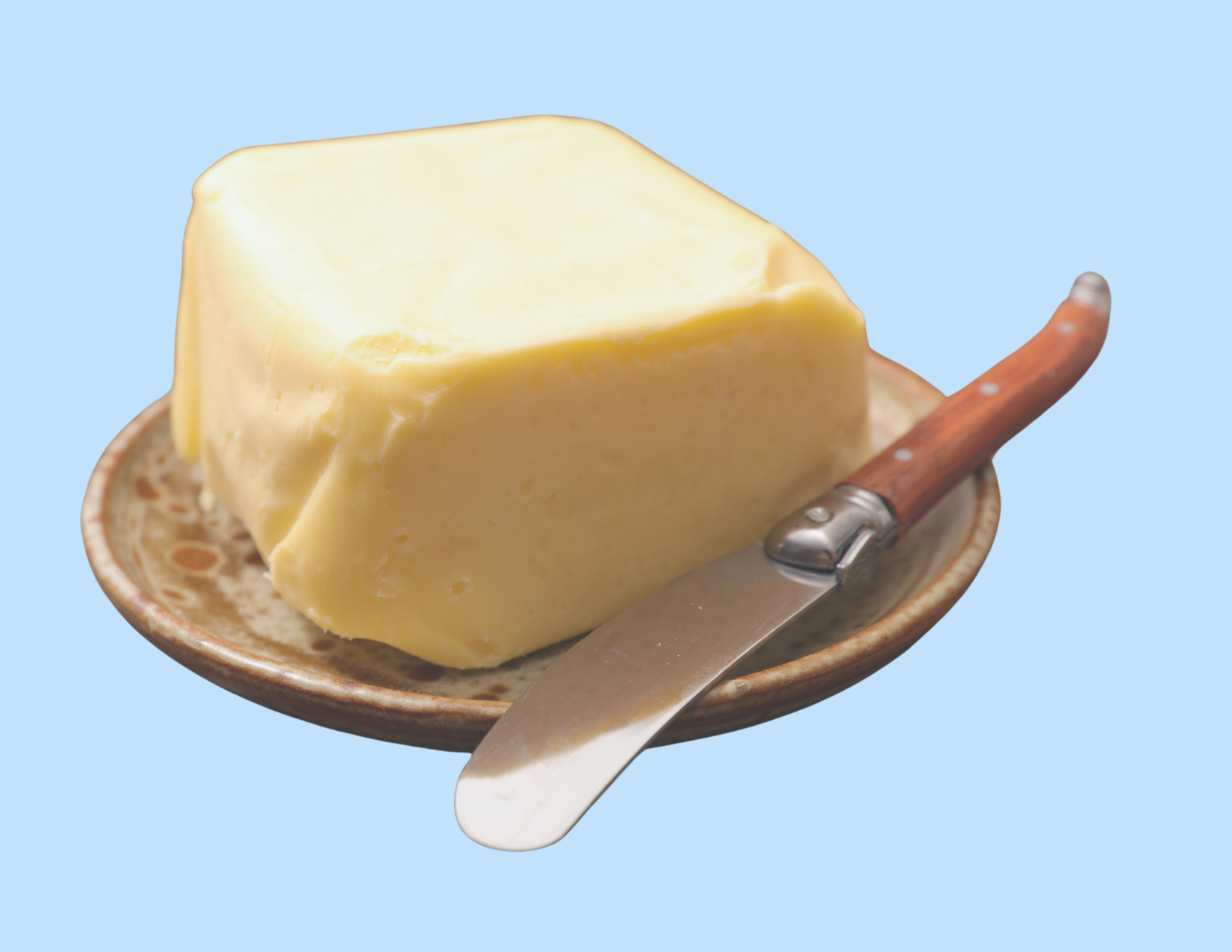
Fats give us the same results as GLP-4 medications except they respond to real time metabolic signals and adjust themselves to the minute amounts required on the tiny molecular scale, as all cell functions require. This is remarkable feat is accomplished without delivering any complications.
The listed drug functions have a major problem in common. They increase insulin production. It looks good on paper, but your body suffers when insulin delivery is pumped up.
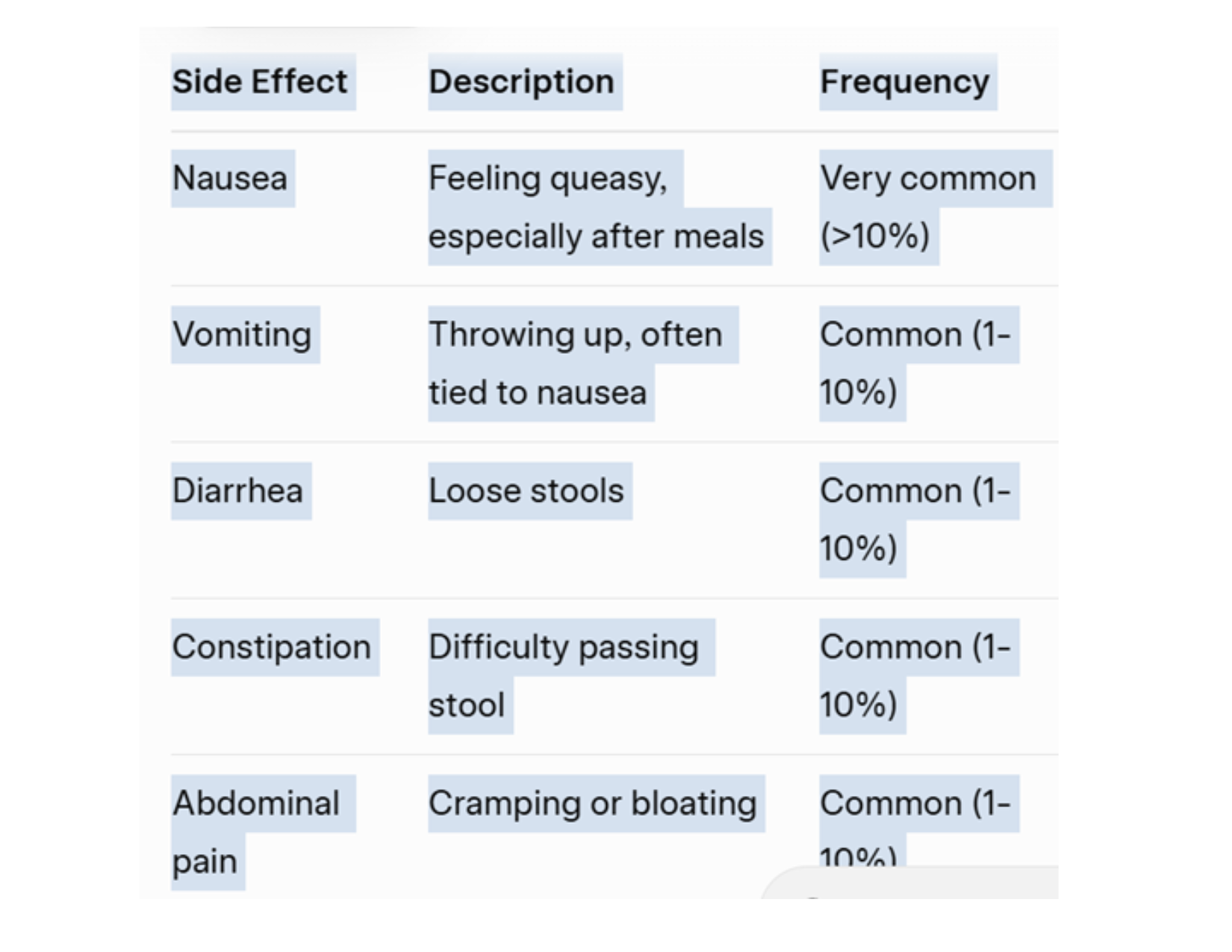

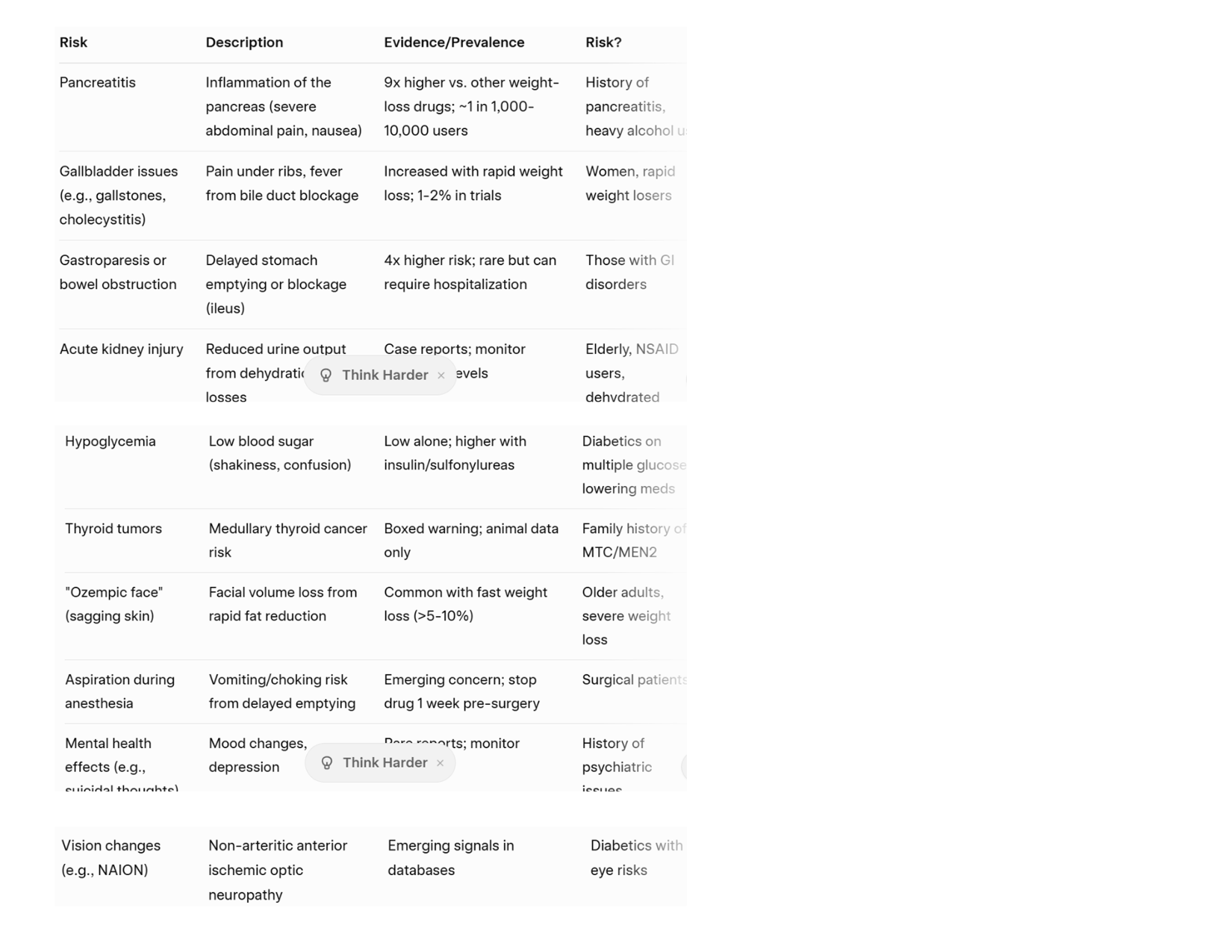
Natural fats suppress appetite by lowering ghrelin (the appetite stimulating hormone) but unlike GLP-1 drugs, they do not need to stimulate insulin production and, importantly, they supply the brain with the efficient fuel the brain prefers - ketones.
High fats in the diet are nature’s Ozempic. Drugs similar to Ozempic include Wegovy, Mounjaro, Rybelsus, and Zepbound, all of which are GLP-1 agonists. They work by mimicking the hormone glucagon-like peptide 1 to increase insulin production, slow digestion, reduce appetite, and extend feelings of fullness, which can aid in weight loss and blood sugar control.
Why would we need to take corrective measures?
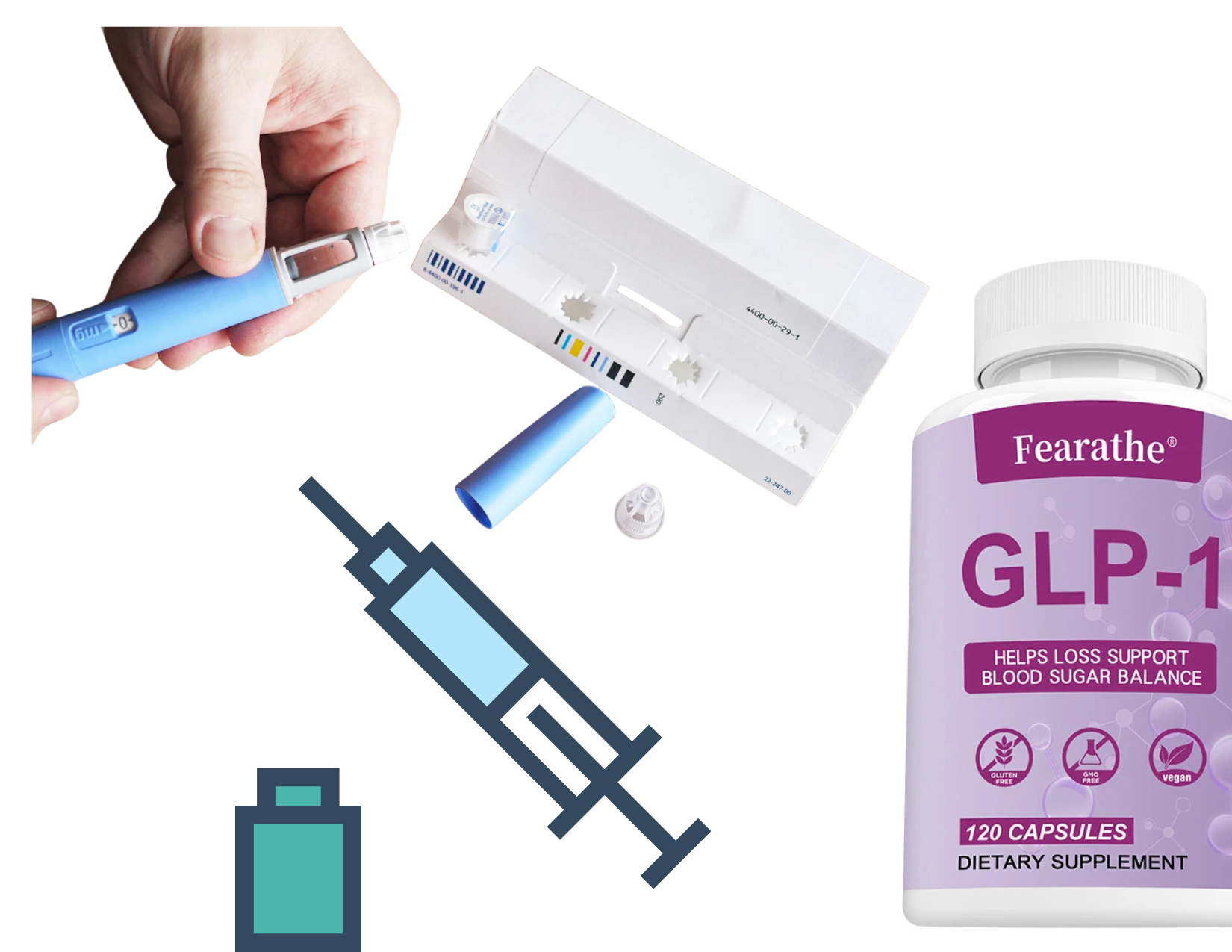
We often Interfere with the natural and safe organic process. Here are some of the ways our carbohydrate rich diets upset our native balance:
1. Carbohydrates spike insulin, the storage hormone. Although insulin has many functions, for this paper we will just consider its fat storage job: shuttling the carbohydrates that are not immediately burned into the fat cells. The fat cells may be thought of as luggage holding compartments that take all the baggage that may be called on for later use if the exact metabolic combination can be supplied to release the locked up “baggage”.
2. Carbohydrates blunt ketosis that brings down the hormone called ghrelin. Ghrelin acts as the appetite throttle. When it is humming nicely, our appetites are under its control, and we eat appropriately. When it is downgraded, we can eat too much and too often and at the wrong times (see below). The desire to eat extra food (creating extra baggage to be stored) gets the green light when ghrelin is low and appetite gets very loud.
3. Carbohydrates interrupt the possibility of burning our own fat from the storage compartments (adipose cells) for energy. All the focus when eating carbohydrates is the flash burning that supplies energy briefly after eating and storing the excess as fat.
4. Relying on carbohydrates that flash then sink into storage, the brain is deprived of its preferred energy source: ketones.
Please note: these problems are not calorie specific, but rather carbohydrate mediated. Lower calories do not mean energy deficit.
As long as the proper energy is released, you will have:
§ Good weight because excess weight is reduced as adipose gives up its baggage and healthy weight is stabilized.
§ Satiety becomes linked to the feeding drive through hormones like ghrelin.
§ Energy improves and dissolves lethargy as long as you are burning your own fat and food containing saturated fats from your diet.
The key to better balance is to shun polyunsaturated oils and replace them with animal fats. These are the fats that burn cleanly and “play nicely” with all your hormones to produce the proper functions everywhere in your body.
If you want to know more about these important and healthy stimulants and want to look at how you can improve your energy and healthy responses, please let me know with a comment. There are a lot of bases we can cover, and I am happy to go into the details, although I suspect most of my readers are more interested in what they can do than what the latest lab rat revealed.
I could be wrong, so let me know what direction you want to take this newsletter. Tell me what you think in the comments section.
As you “lean out”, burning your fat stores slows down. This is natural and should be respected. That means extended fasting at that point becomes a bad idea.
Once your weight loss has slowed down, instead of fasting for the 72 hours recommended by many metabolic masters, simply move your focus to eating between a narrow window during each day. Something like 10 AM to 4 PM. Studies based on large numbers of people following a time restricted eating pattern show that when eating in a time restricted window, weight loss is almost automatic, regardless of the foods eaten. Of course, you will want to eat a nutrient dense diet. Just leave off the “fluff”. This eating habit can stabilize you in a healthy and sustainable way.
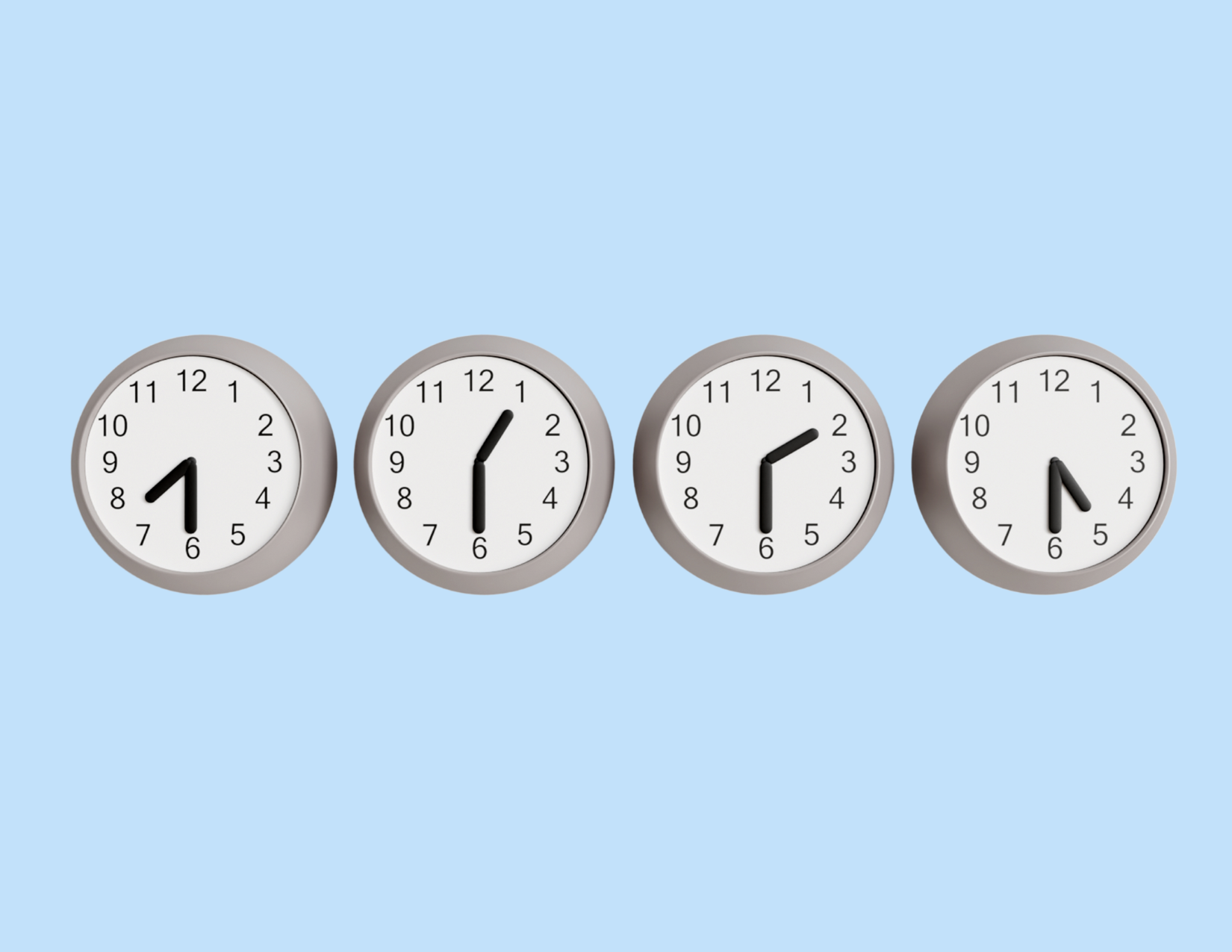
Initially going from 4:30 in the afternoon until the next day can seem difficult but if you stick to the program in the early days, new habits and expectations form. Of course, this time frame is just a suggestion. You may want to compress your eating time into a different 6-hour period. The most important rule is to avoid eating at night. To be specific, it’s best to stop eating at least 4 hours before bedtime. The nighttime meals and snacks are the calories that “stick” to you as the extra baggage we mentioned earlier. The only explanation seems to be that using the ebbs and flows of the 24-hour clock, your body can efficiently and safely proportion foods in the manner you, as a human, are wired to follow. Special work-arounds are required for shift workers. As a nurse who worked in shifts, I appreciate all the helpful advice that the researchers are providing on this problem
To recap:
How do carbs work for you?
§ Immediately available for energy
§ Stimulate insulin which both prevents the breakdown of body fat called lipolysis and burning or fatty acid called oxidation.
How do carbs work against you?
§ Blunt ketosis.
§ Blunt ghrelin.
§ Stored in ever-growing adipose cells.
Why tallow and butter instead of polyunsaturated oils?

§ Natural fats provide slow fuel that is available over 6-8 hours.
§ Fats suppress appetite by lowering ghrelin (the appetite stimulating hormone).
§ They supply the brain with the fuel it prefers, ketones.
§ Lethargy is replaced with sound energy.
§ Hormone functions all over the body, including the thyroid, are mediated by the clean energy supplied by fats.
Take Home:
Eat the natural fats and during the natural eating windows that have served humans – forever!
Be Strong,
Jolinda